I am so very sorry! I thought this year’s quiz would be easier as I’d set the region but it was horribly hard – even I couldn’t get the honeyeaters without rechecking the photographs either side of the mystery shots.
The answers are:
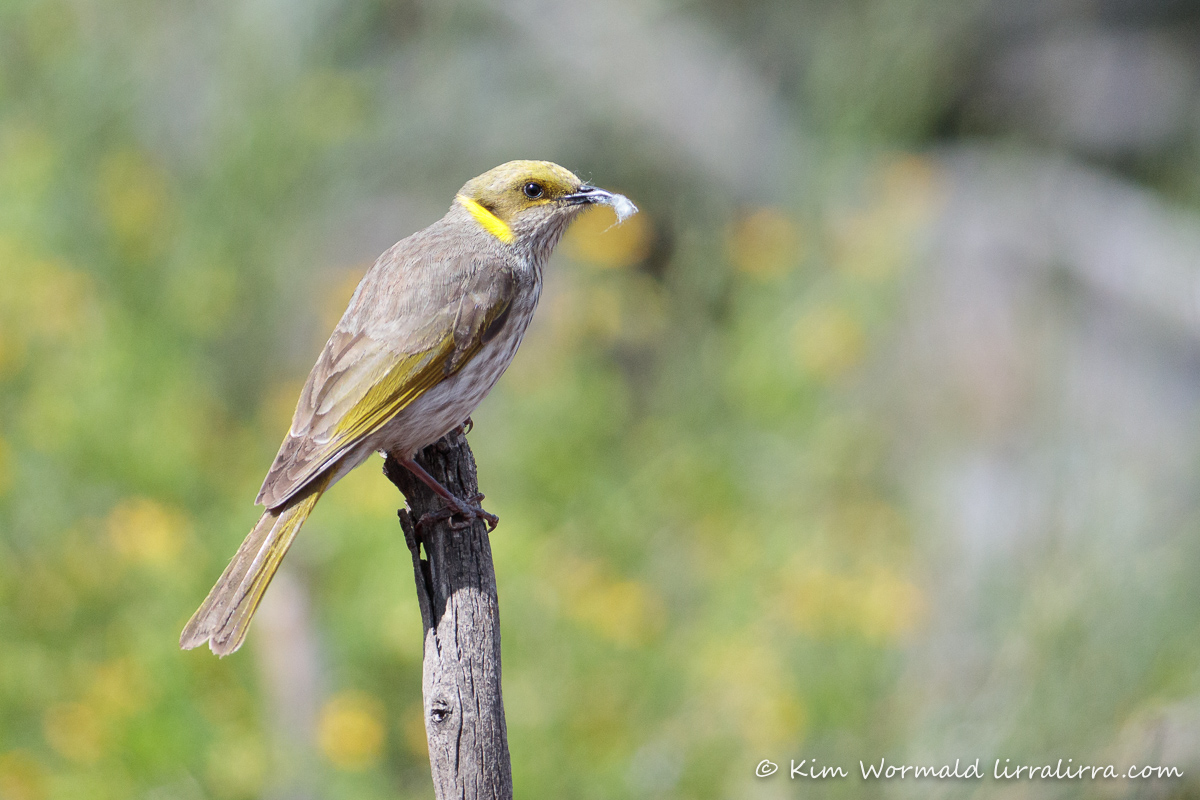
If you look closely at last week’s photograph you can just see the yellow plumes protruding from either side of the Yellow-plumed Honeyeater’s head. I can see why one person suggested Yellow-tufted Honeyeater.
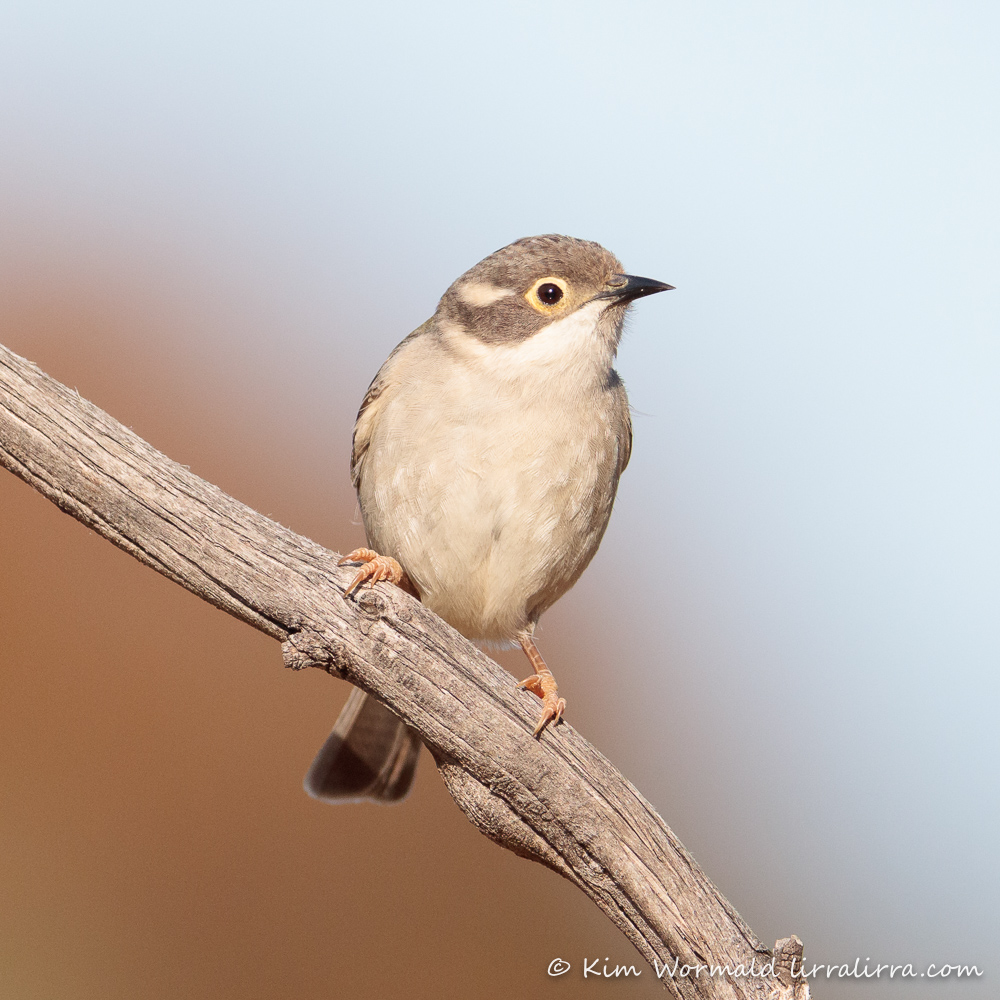
Brown-headed Honeyeaters are tiny, about 14cm and 13g. They eat mainly insects but also take nectar. They are one of my favourite honeyeaters to watch as they dart around in their unassuming plumage.
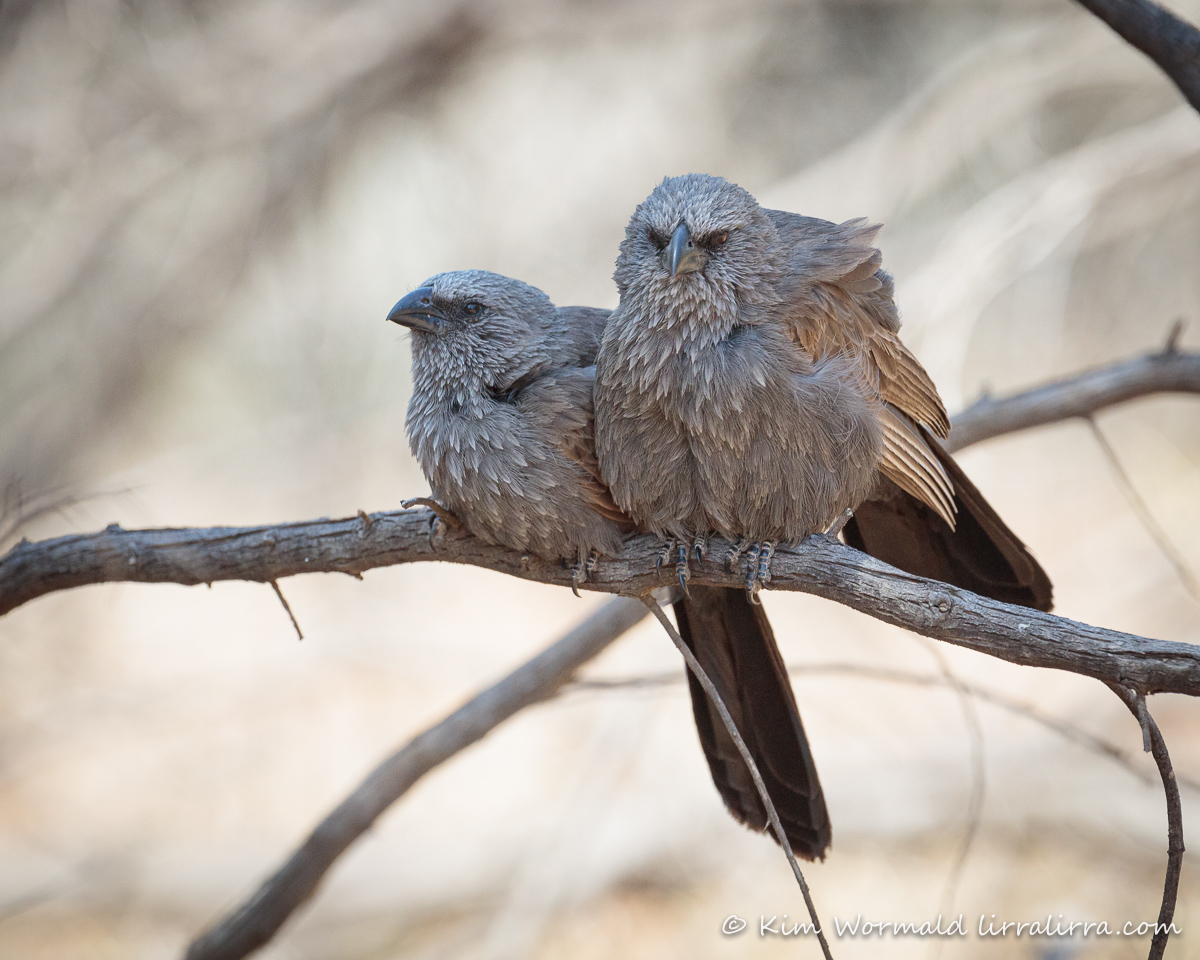
Apostlebirds are real characters to watch as they busily forage for insects in family groups of about ten to twelve birds. I wonder if often being in groups of twelve is what gave them their name?
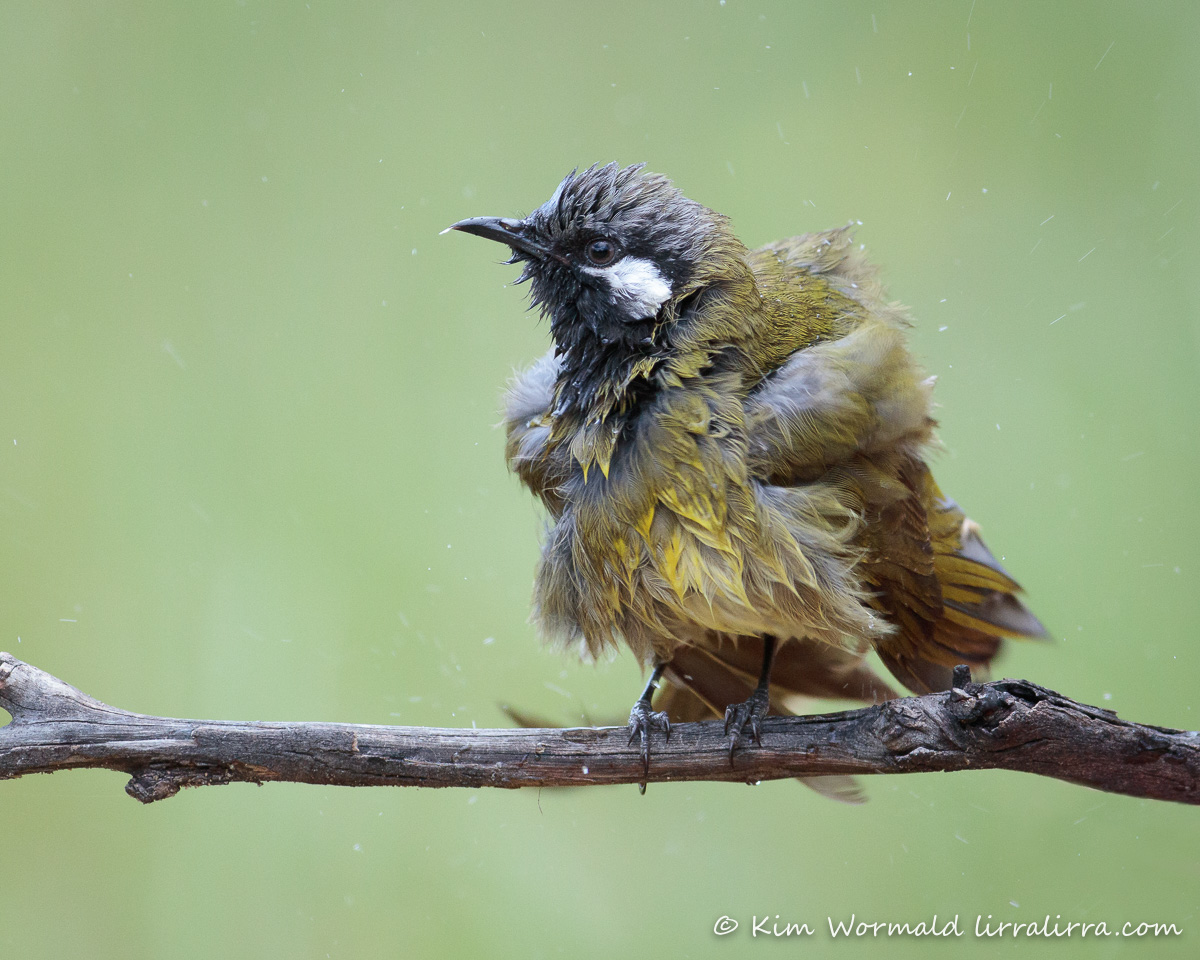
I really don’t know how I thought anyone would recognise this gorgeous White-eared Honeyeater from a rear view! Unless they’d been sitting with me as I watched this one bathing. They are impressive looking birds. They seem a bit regal to me for some reason.
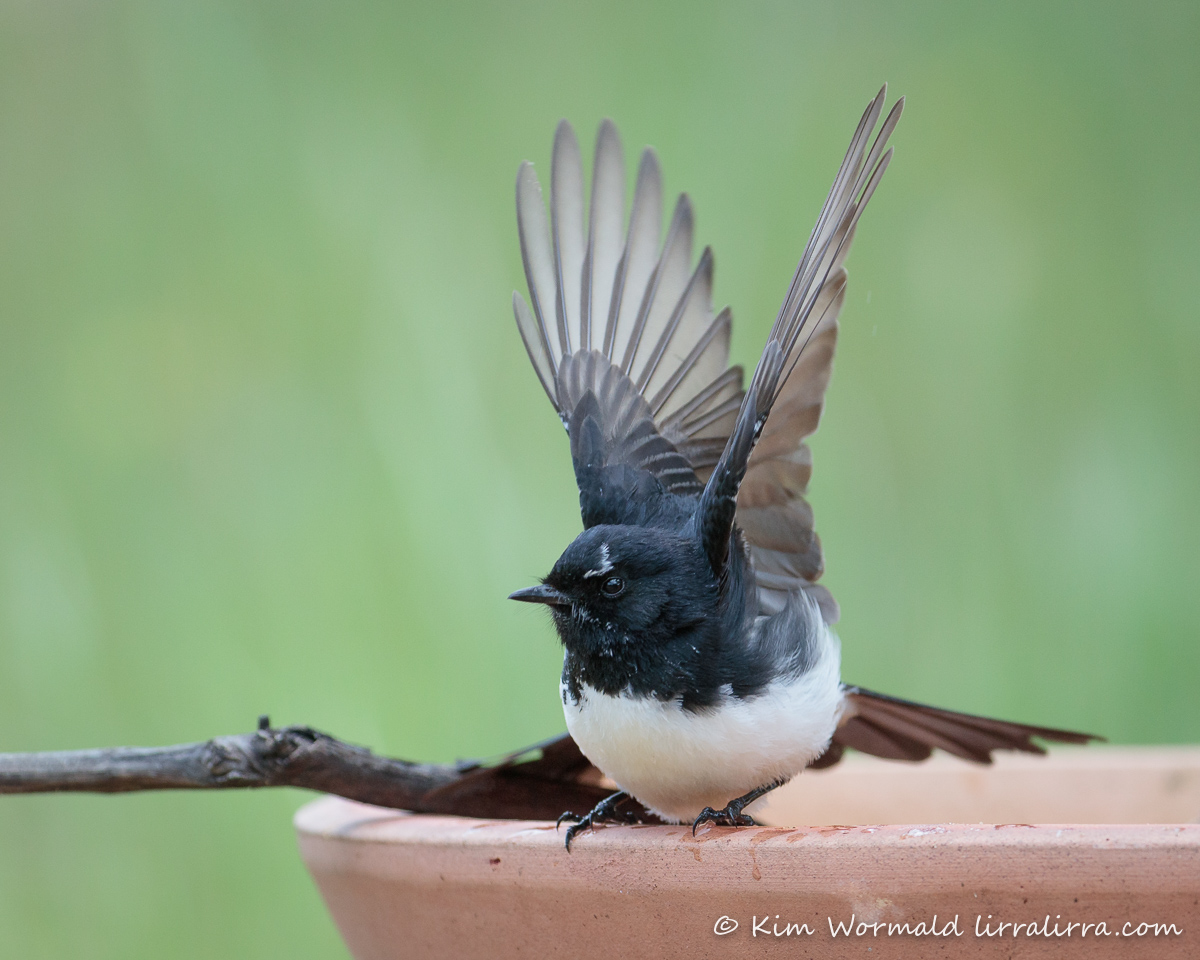
Willie Wagtails are one of our most ubiquitous birds. In some Australian first nation cultures people said to be careful what you spoke about if a Willie Wagtail was within hearing distance as they spread secrets far and wide.
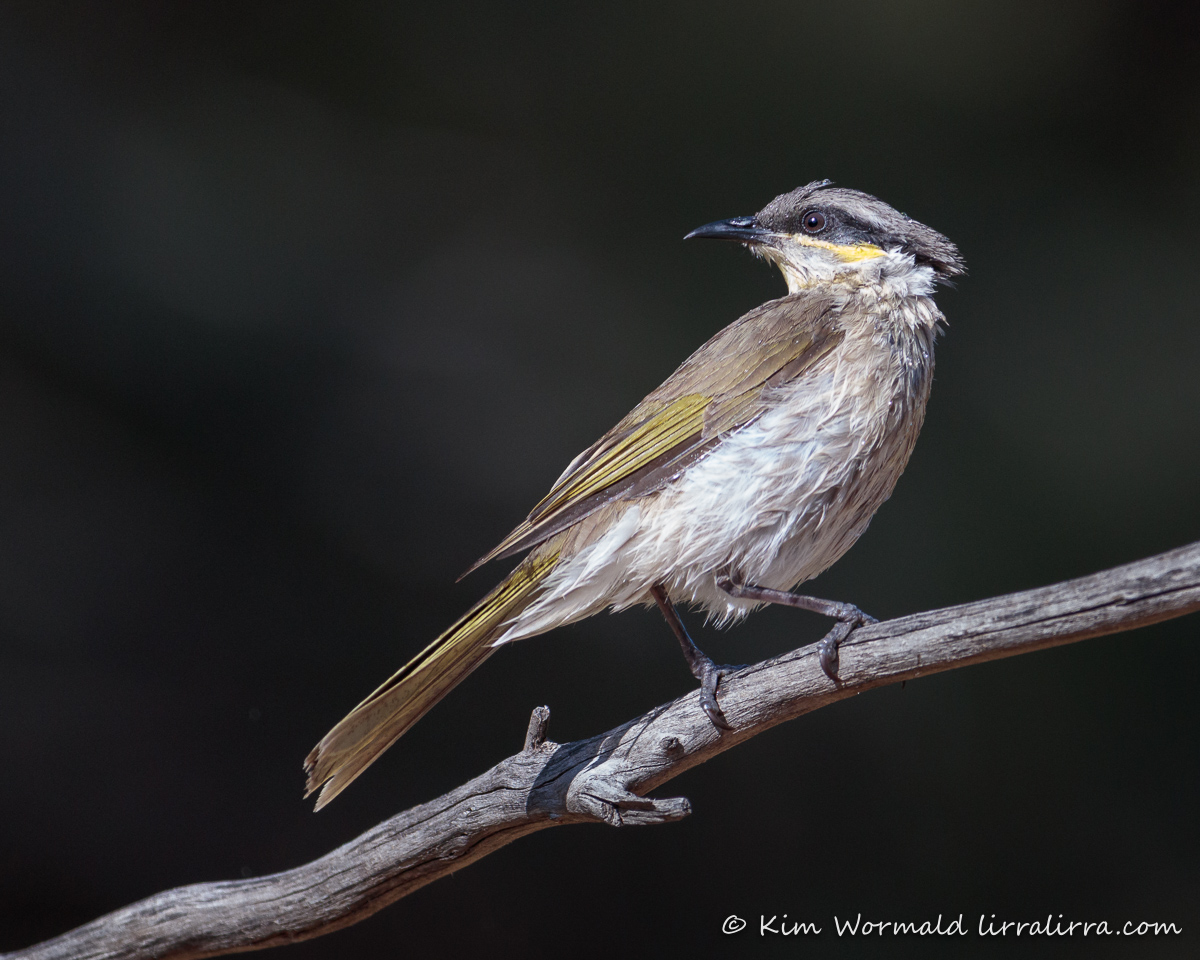
Oh my goodness I have to apologise again as last week’s Singing Honeyeater shot also showed its yellow tufts. These honeyeaters can be found around most of the country and are well known for their long and melodious dawn choruses.
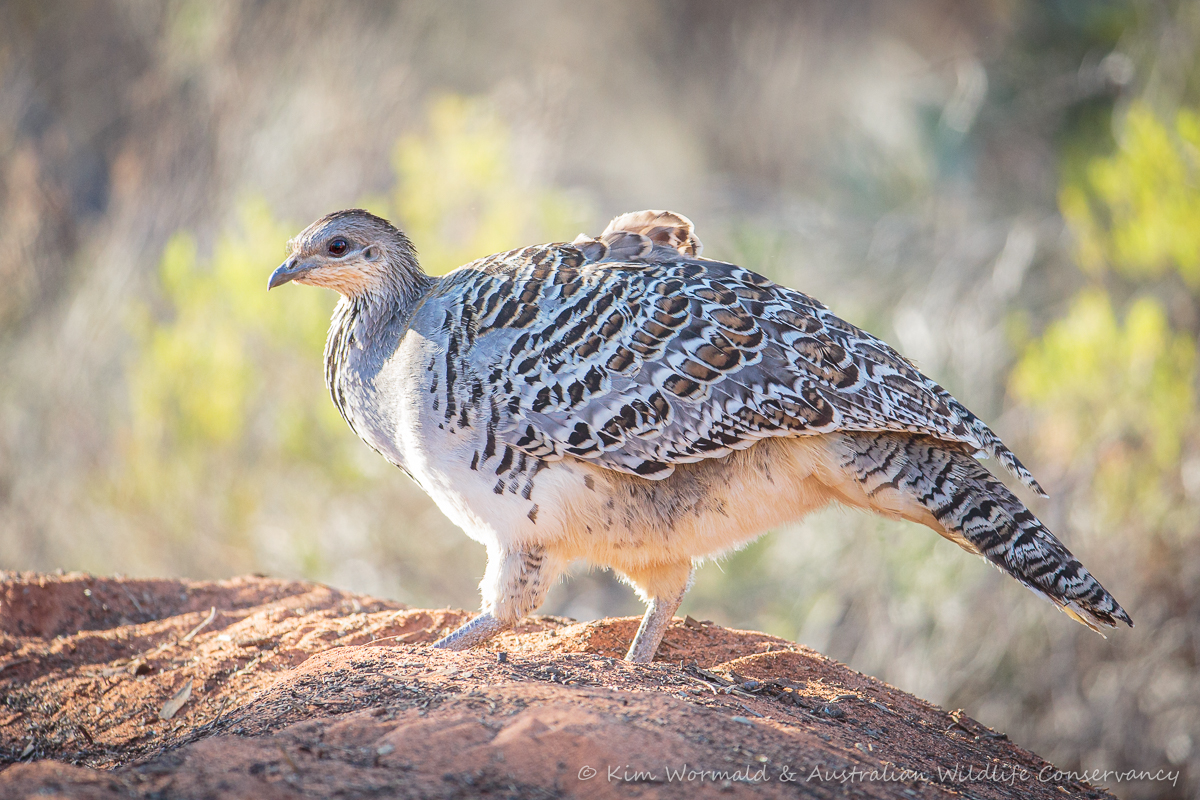
Even sharing photographs of Malleefowl gives me goosebumps. They are a seriously magnificent species. I took this photograph at the Australian Wildlife Conservancy, at Scotia. It was one of the best weeks of my life. I encourage you to visit their website and support their work in any way that you can.
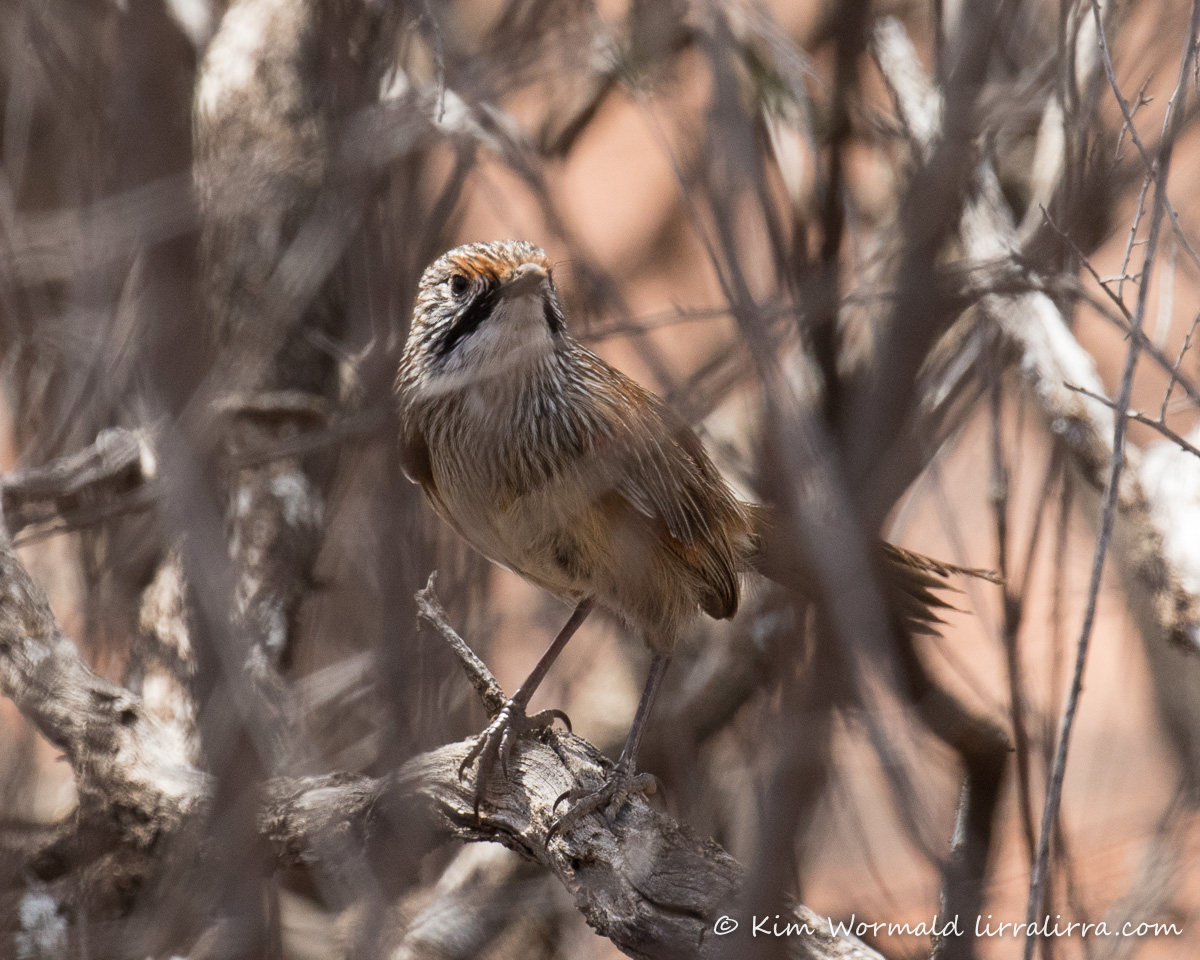
Catching a glimpse of this Striated Grasswren was a highlight of my time at Scotia. It called when it was quite close to where I was sitting beneath my fabric hide watching the Malleefowl as they visited their mound. These little birds are sadly an Endangered species; I hope the world is never without this exquisite species.
Happy birding, with my humblest apologies, Kim
PS For next year’s quiz I will aim to use photographs of birds from the top twenty or so species.
~ Browse prints and gifts Lirralirra Shop
~ Facebook page Kim Wormald – lirralirra
~ Facebook group Ethical Bird Photography

We spent the week before last in the Little Desert amongst a group of twenty , mostly members of BirdLife Murray-Goulburn . Some members were quite expert in the local birds after many an expedition . Some like myself were newbies to the Little Desert . We walked most of the well-known tracks and stayed at the nature lodge near Nhill . What a beautiful area with outstanding flora and fauna . By Friday we were all thrilled and exhausted , after walking up to ten kilometres a day , which can be hard in some of the sandier and hillier areas . I admit I had trouble picking a few of your birds …..lol
That sounds like a fabulous trip Paul! I’m off to the Little Desert in a few weeks and hope to see some beautiful sights. Now you’ve got me wondering if I should contact Birdlife Murray-Goulburn.
I felt so bad when I couldn’t ID the quiz birds myself – blush!
We found the Southern Scrub Robin, the Shy Heathwren , the Gilbert’s Whistler but no Mallee Fowl . We found abandoned nest sites that were quite old . We saw a few emus too which were a surprise . One pair of Elegant Parrots , and literally hundreds of New Holland Honeyeaters . The BLMG are off to Wedderburn for another camp in October looking for Mallee Fowl amongst other birds . We did find some quite beautiful patches of orchids as well . Some of the club members are more field naturalist-type generalists . They are very welcoming of newcomers and visitors to any of their outings
I’m yet to see Shy Heathwrens and Elegant Parrots. I’ll see if I can contact the group, they sound great and there is nothing quite like local knowledge.
Thank you. Feathered enchantment one and all.
Thanks EC!